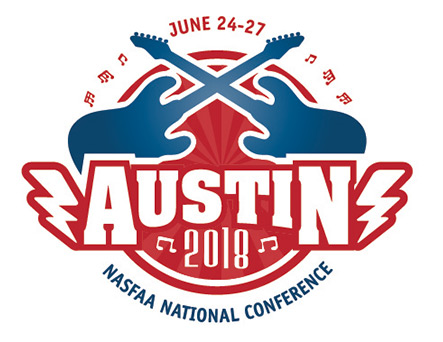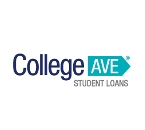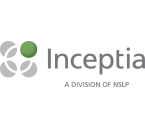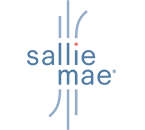2018 NASFAA National Conference Tackles Issues of Diversity, Bias
By Joelle Fredman, NASFAA Staff Reporter
A roomful of financial aid administrators were presented with a difficult challenge just before the official kickoff of the 2018 NASFAA National Conference — to think differently about the way they think.
As institutions of higher education are creating strategic plans to increase diversity and inclusion on campus, Lena Tenney, coordinator of public engagement at The Ohio State University's Kirwan Institute for the Study of Race and Ethnicity, told NASFAA members that in order to make significant change for their students, they need to recognize their own subconscious biases.
Tenney asked NASFAA members during a session on diversity Sunday to recognize the difference between their “explicit beliefs” and “implicit biases,” or what they outwardly support verses the “attitudes or stereotypes that affect our understanding, actions, and decisions in an unconscious manner.”
Tenney explained that this distinction is important when confronting issues of inclusion and diversity because “the literature shows that implicit bias can be a better predictor of behavior and decision-making than our explicit beliefs.”
Tenney said that while we may believe we know what is going on inside our own minds, we are “not actually as objective and aware as we think we are,” and to truly meet goals of reducing bias on campus, financial aid administrators and other university staff need to address their harmful, yet unintended, thoughts. It is for this reason that issues of diversity still exist all around us, Tenney said.
“If we are setting these goals and our institutions are all in, why are we not getting where we need to go?” Tenney challenged. “... You really should critique the things you care about, or they won’t get better.
Tenney said that one’s implicit bias is influenced by the media and lessons learned in early childhood and is not necessarily a reflection of their character, but encouraged NASFAA members to address their subconscious beliefs by taking an Implicit Association Test (IAT), which can reveal implicit bias, and taking steps to change said beliefs because “implicit bias can turn even our best intentions into unwanted outcomes.”
Tenney also warned that implicit biases can be exposed in microaggressions that can be hurtful to students, and that NASFAA members should be aware of these signs. For example, Tenney said that implicit bias can come out in the form of “less positive gestures,” like less smiling, or “indicators of discomfort,” such as more blinking.
“It’s not about micromanaging expressions — it’s being aware of whether it’s happening; whether we know it or not,” Tenney said.
When we do not recognize and stop microaggressions, we’re siding with oppression. Speak up & be an #activebystander! @Lena10E @KirwanInstitute
— Tina Lamb (@TinaJLamb) June 24, 2018
One conference attendee stepped forward to share that she had witnessed microaggressions occurring in her institution’s financial aid office. She explained a student at her school had mentioned to financial aid staff that they preferred to be referred to by a gender pronoun that was different than what was indicated on their FAFSA. Despite what the student said, the conference attendee said she observed staff “refusing to identify that in note-taking systems,” which resulted in staff members continuing to refer to the student by the pronoun they did not identify with.
Tenney said that once members identify their implicit biases they should then try to “rewire” their brains by engaging in mindful meditation, using data to inform where biases arise, and serving as active bystanders by identifying the emergence of bias and standing up to address and correct it.
“When we say and do nothing, we are siding with oppression. Maintaining the status quo is maintaining oppression,” Tenney said. “None of us are free unless all of us are free.”
Follow along with all that's going on today on Facebook and Twitter using #NASFAA2018 and keep an eye on our 2018 Conference Summaries page for frequent updates throughout the conference.
Publication Date: 6/24/2018













You must be logged in to comment on this page.